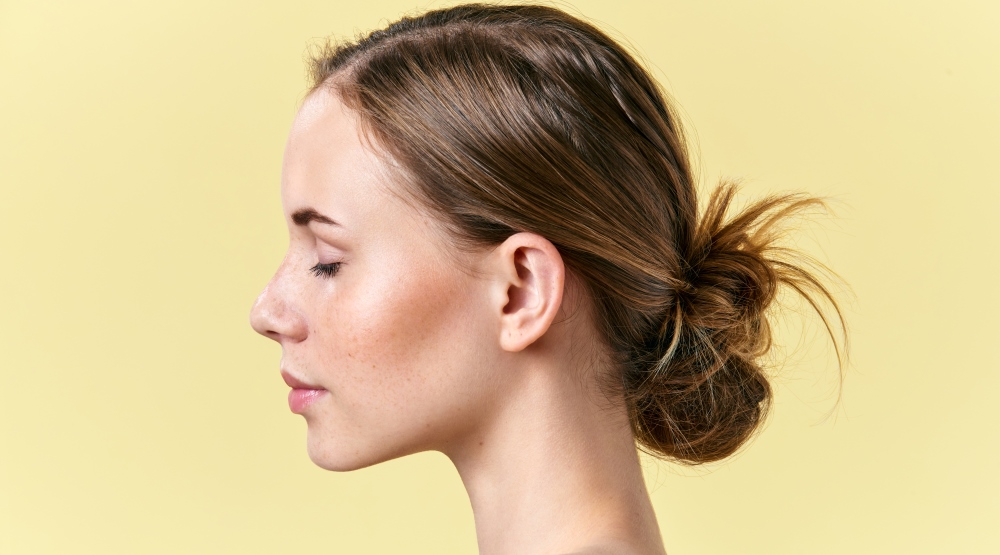The anti-ageing segment is big beauty business – so how do salons own a part of this ever-growing market?
Ageing skin is one of the most common skin care troubles that both women and men seek to improve. It’s important to help your clients understand some of the science behind skin ageing and what causes it.
Here are some important tips on how to explain a skincare regime and some lifestyle recommendations for your patients.
DNA Damage
This is one of the largest contributors to ageing skin and is primarily caused by UV damage from the sun. While more and more people now understand the importance of regular sunscreen use, this has not always been the case. Many older patients did not wear sunscreen as children and are now struggling to improve age spots, uneven skin tone, texture and wrinkles.
UV radiation causes damage to the mitochondria of skin cells, which, in turn, produce free radicals and cause even more damage. This sets off a chain reaction of cells that are unable to effectively repair themselves, leading to signs of skin ageing like wrinkles, skin laxity, and discoloration.
Sunscreen use is key to preventing DNA damage to your skin. Patients with sensitive or acne-prone skin who may not tolerate chemical sunscreens as well can use physical sunscreens that contain zinc oxide and/or titanium dioxide. These ingredients are typically well-tolerated by patients with acne, rosacea, and other sensitive skin subtypes.
If prevention is no longer an option because the damage has already occurred, the use of topical antioxidants can help to neutralise free radical damage and aid in cellular repair. Research shows that antioxidants like polypodium leucotomos, ascorbic acid, niacinamide, and green tea have protective effects on the skin against DNA damage caused by UV light and free radicals. Foods and dietary supplements can improve the skin.
Free Radicals
These are responsible for DNA damage, as well as a plethora of other detrimental effects on the entire body, including glycation, oxidation and lysosomal damage. Avoidance of environmental factors that can produce free radicals is one step that your patients can take to reduce skin damage and signs of ageing caused by scavenging free radicals. These include:
Sun exposure
Air pollution
Smoking
Sugar
Pesticides
In addition, antioxidants are the best defense against free radical damage and its unwanted effects on the skin. In particular, coenzyme Q10 (CoQ10) is beneficial because skin cells already naturally produce it. As we age and if we take cholesterol lowering statin drugs, production of this antioxidant decreases. Both topical and oral formulations of CoQ10 have been shown to effectively neutralise free radicals that could otherwise damage important proteins like collagen and elastin, which are necessary for firm, youthful-looking skin.
Inflammation
Inflammation is another key contributor to skin ageing, in addition to a number of other conditions like atopic dermatitis, rosacea, psoriasis, and acne. Many different pathways can lead to inflammation, but once inflammatory factors are triggered, they can be difficult to “shut off” again. Reactive oxygen species (ROS) caused by free radicals can initiate a cycle of inflammatory responses within the skin.
There is a variety of anti-inflammatory ingredients that have been proven effective at breaking this cycle and reducing inflammation within the skin. Argan oil, caffeine, chamomile, feverfew, green tea, aloe, niacinamide, and safflower oil are among the most effective. By nature, these anti-inflammatory skin care ingredients can also help to calm redness, itching, and irritation. Glycolic acid has also been shown to block inflammatory signals within the skin.
Lifestyle changes can also play an important role in curbing chronic inflammation. Encourage patients to:
Reduce sugar intake
Eat anti-inflammatory foods like salmon, ginger, and walnuts
Stop smoking
Get regular exercise
Glycation
The term “glycation” refers to a non-enzymatic chemical reaction in which sugar molecules attach to and damage proteins throughout the body, including the collagen and elastin found in the skin. This is the same process that causes food to turn brown when heated. The accumulation of advanced glycation end products (AGEs) causes accelerated skin ageing, as well as other health-related conditions. AGE formation can be caused by both extrinsic and intrinsic factors, including sun exposure, cigarette smoke, air pollution, diet, and genetics.
Although many skin care products claim to be able to treat the effects of glycation, this process is not reversible – therefore prevention is crucial.
Quick facts
Helping your patients understand what causes the skin to show signs of ageing is key to improving outcomes. Studies have shown that patient education is one of the most effective ways to increase patient compliance and outcomes.
Your patients do not necessarily need to understand the technical science behind what is making their skin look and act the way it does, but they should have a basic understanding. Then when you urge them to stay out of the sun and wear sunscreen, for example, patients not only understand why but they also know the consequences — increased skin ageing and risk of skin cancer. Share with them this information about the main causes of skin aging and what they can do to prevent and treat signs of ageing. n
Dr Leslie Baumann is a board certified dermatologist and a New York Times best-selling author.
Visit www.derm.net or www.LeslieBaumannMD.com

